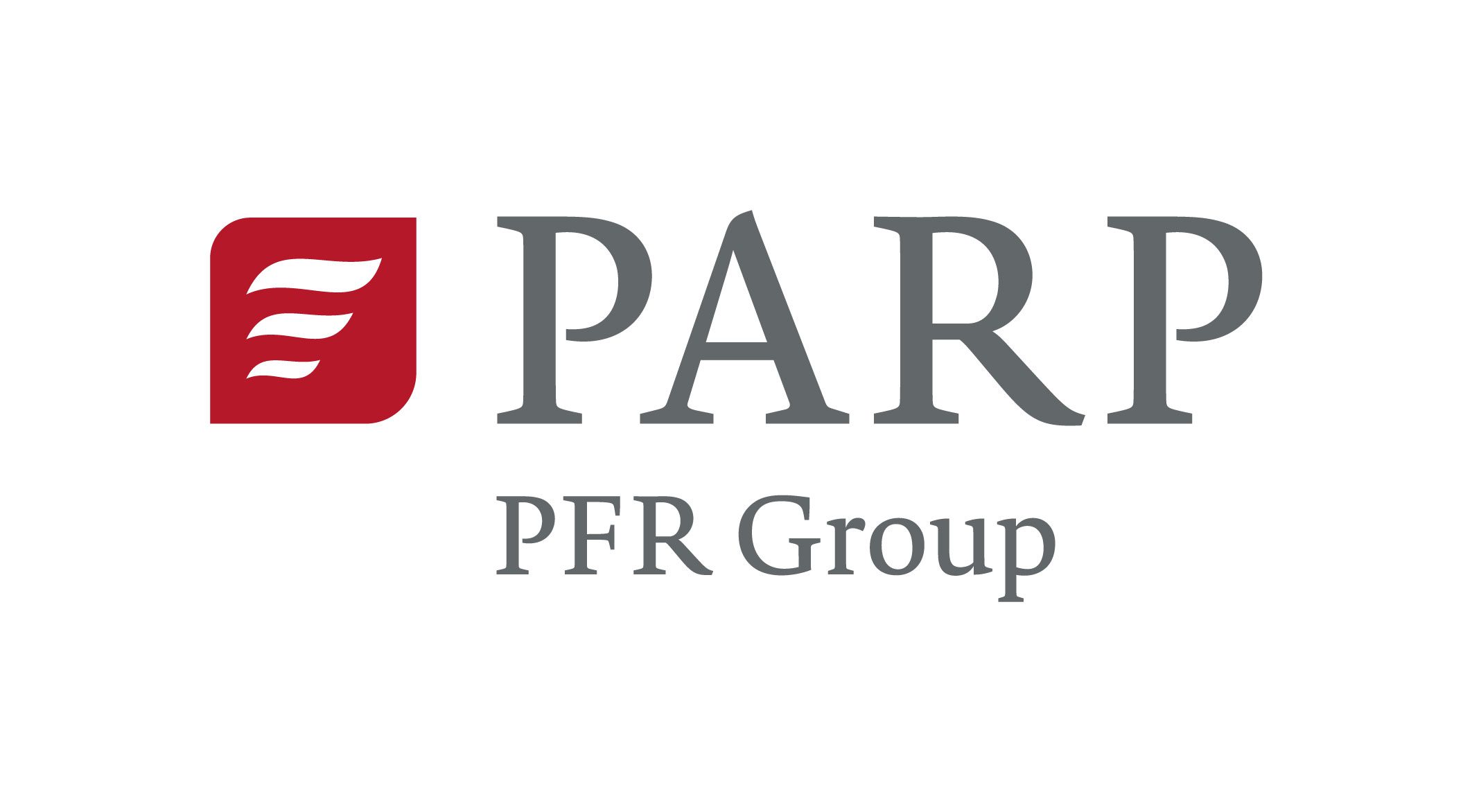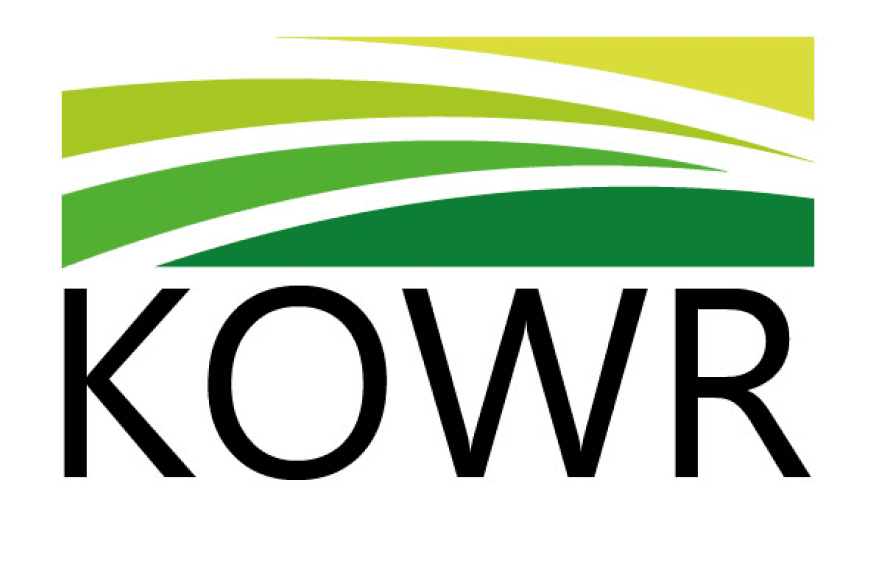19.11.2024
Poland is one of the EU leaders in the production of pumpkins
For years, Poland has maintained its position among the leading producers of pumpkin in the European Union. In 2022, this accounted for almost 40% of the total production of this vegetable in the EU. In 2023, in terms of productivity, harvesting 41.6 kg/ha, it was second only to Spain (47.6 kg/ha).
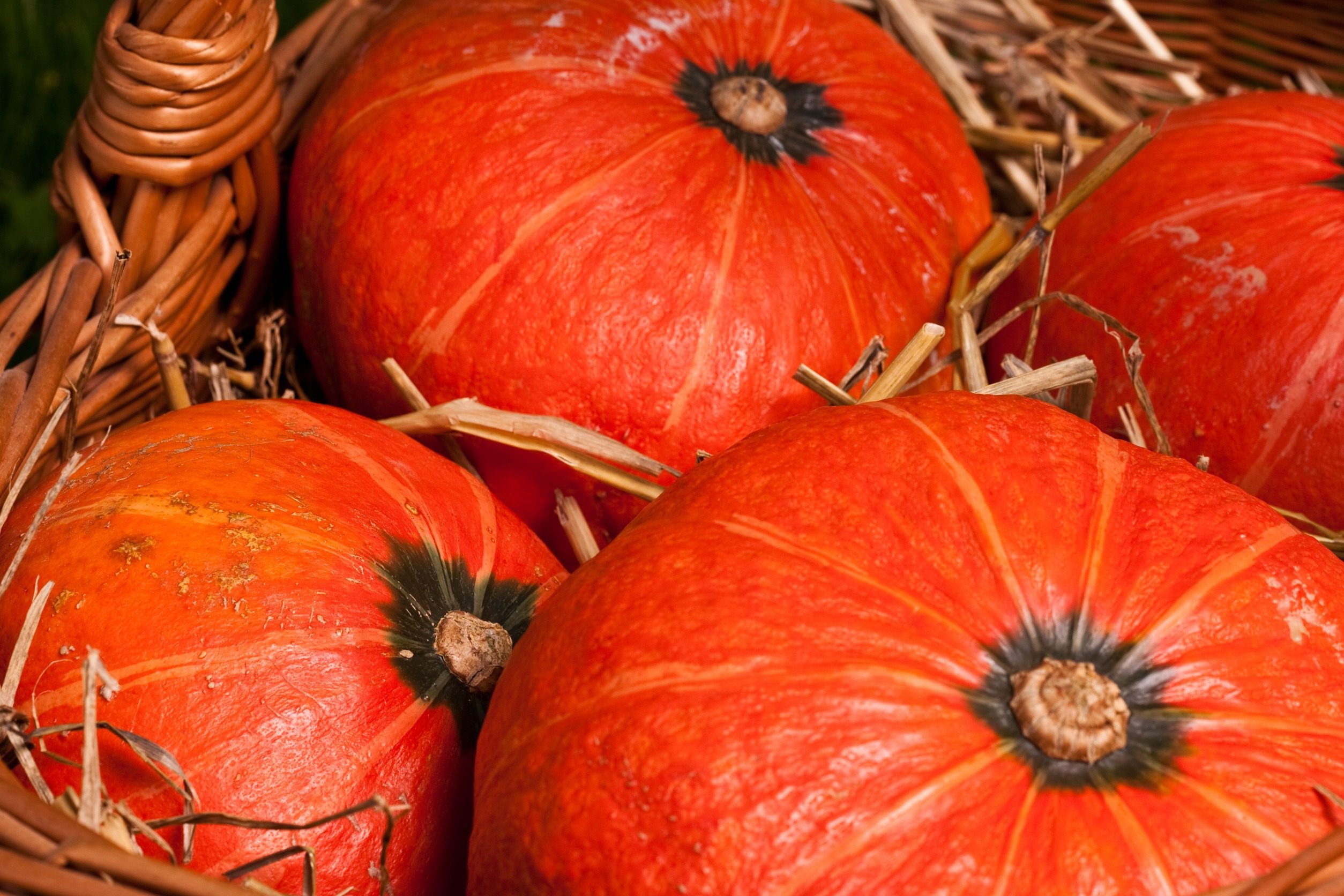
Production and cultivation area
Over the past ten years, pumpkin production in Poland has increased eightfold, reaching 400,000 tons in 2022. At the same time, the cultivated area increased from 1,100 hectares in 2014 to 8,900 hectares in 2022, when it overtook such pumpkin giants as France, Spain, Italy and Germany.
In 2023, the area of pumpkin cultivation in Poland decreased to 7,600 hectares and thus the harvest level decreased. Poland ended 2023 in 4th place among EU producers of this vegetable, harvesting 316,300 tonnes. We were overtaken by Spain (789,800 tonnes), Italy (601,700 tonnes) and France (410,400 tonnes).
In 2024, Polish producers decided to increase the production area again and allocated a record 9,289,190 hectares for the growing of pumpkins.
Export success
Polish pumpkins are becoming more and more popular on international markets. In 2023, the value of pumpkin and gourd exports increased by 21.3 percent y/y, reaching USD 2,552.4 billion.
The main recipients were:
- Germany (USD 599.8 million) – up 25.9% y/y.
- Czech Republic (USD 476.6 million) – down -17.8% y/y.
- Slovakia (USD 382.6 million) – up 80.2% y/y.
- Italy (USD 283.9 million) – up 26.4% y/y.
- Lithuania (USD 213.9 million) – up 58.6% y/y.
The most spectacular percentage increase in Polish pumpkin exports was recorded in the case of France – as much as 12210.2 percent (from USD 206 thousand in 2022 to USD 25.4 million the following year). An equally impressive increase was recorded in exports to Portugal, where the value of imported pumpkin from Poland increased by 1968 percent (from USD 7.52 million to USD 155.5 million).
Reasons for the growing popularity of pumpkins
The dynamic increase in demand for pumpkins is related to the growing demand for healthy food. Pumpkins contains numerous nutrients such as vitamins, fibre and unsaturated fatty acids, which makes it attractive both in cooking and in the pharmaceutical and food industries. For producers, its additional advantage is the possibility of storing it for several months, which allows it to be sold also in late autumn and early winter.
Competitive advantages of Polish pumpkins
Polish pumpkins have gained popularity thanks to:
- high quality resulting from the climate and traditional cultivation methods,
- durability and ease of storage,
- high nutritional value and taste,
- competitive prices,
- shorter transport time compared to pumpkins imported from distant regions, which ensures greater freshness of the product.
Poland compared to other producers
Poland is not the only major player on the international market. South Africa is playing an increasingly important role in the export of pumpkins, which has dynamically increased its production in the last ten years, supplying the market with high-quality butternut squash.
Other significant producers and exporters of pumpkins in the world are: China, the United States, India, Mexico, Ukraine, and in the European Union: Spain, Italy, France, Portugal.
Source:
- The Central Statistical Office (GUS)
- KOWR, „Polska największym producentem dyni w Unii Europejskiej”
- AtlasBig, „World Pumpkin Production by Country”
- Everything
- News (269)
- Events (162)
- Get Support (83)
-

HUGEHALLS GROUP SPÓŁKA AKCYJNA
ServicesCultural and recreational servicesBusiness servicesIT and TelecommunicationConstructionTravelTransport and courier servicesRenovation and construction materialsMinerals, metals and fuelsAluminium and articles thereofCopper and articles thereofMinerals, ores and articles thereofIron, steel and articles thereofPrecious metalsOther metals and articles thereofPlastics, rubber and articles thereofRubber and articles thereofPlastics and articles thereofPolymers, resins and articles thereofMachinery and parts thereofIndustrial machinery and mechanical appliances and parts thereofMeasuring instruments and apparatus and parts thereofAgricultural machinery and parts thereofOther instruments and apparatusElectromechanical appliances and parts thereofOther goodsShow allShow more Show lessHugeHalls is a European manufacturer of high-quality steel and aluminum halls for industrial, logistic, and agricultural use. Our halls are durable, weather-resistant, and engineered for fast assembly and long-term performance. With flexible design options, EU-standard production, and international experience, HugeHalls delivers reliable space solutions tailored to client needs in various sectors.

"VENOL MOTOR OIL" SPÓŁKA Z OGRANICZONĄ ODPOWIEDZIALNOŚCIĄ
ChemicalsShow allShow more Show lessVenol Motor Oil Sp. z o.o. is a Polish manufacturer of high-quality lubricants, automotive fluids, and car care products, present in over 85 markets worldwide. Our portfolio includes modern engine oils (synthetic, semi-synthetic, mineral), gear oils, coolants, brake fluids, fuel additives, and professional car cosmetics.

KING KLINKER SPÓŁKA AKCYJNA
Glass and ceramicsShow allShow more Show lessKING KLINKER products are natural ceramics of the highest quality. Clinker brick slips are produced by extrusion from the best clay mixtures homogenized by wet processing. King Klinker products are fully ecological and environmentally friendly, and the production process includes 100% recycling. The brick slips can be used indoors, including in rooms where food is produced. The use of KING KLINKER clinker brick slips means there is no need to incur the costs of facade renovations.

"STUDIO GAMBIT" SPÓŁKA Z OGRANICZONĄ ODPOWIEDZIALNOŚCIĄ
Show more Show lessStudio Gambit Sp. z o.o. is a trusted language solutions provider with over 30 years of experience supporting international brands, media agencies, software companies, and content creators. We specialize in high-quality translation, localization, and multilingual content delivery across more than 100 language combinations. Whether you’re launching a global marketing campaign, localizing a digital product, or managing complex multilingual projects, we bring precision, scalability and cultural in
-
 Article
ArticleAn Investment Agreement: safe guard the tax implications of your investment
See the benefits of an Investment Agreement and how to apply
 Article
ArticleThe Polish chemical sector – exports drive development
The Polish chemical sector is growing thanks to the export of cosmetics and household chemicals
-
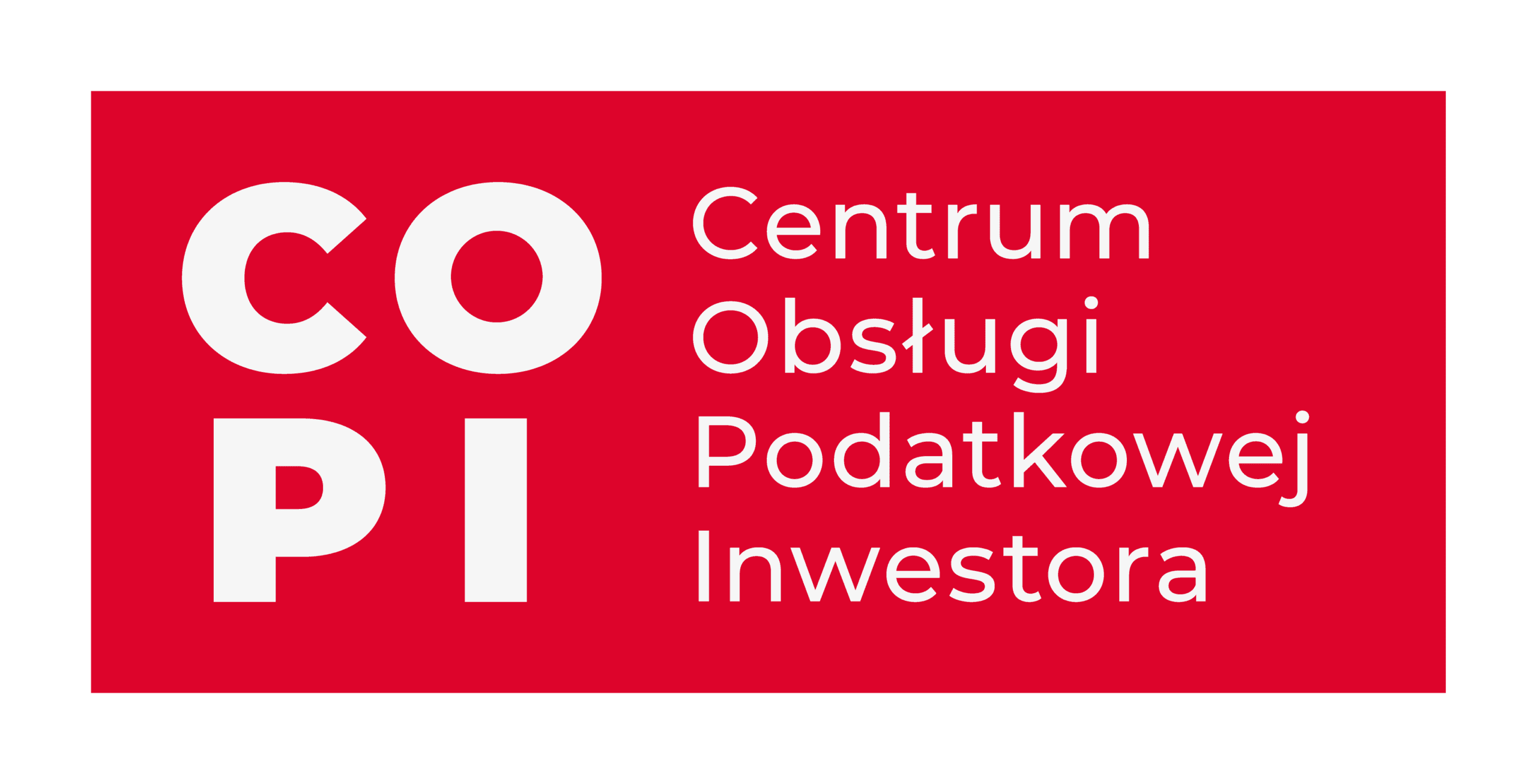 Institution
InstitutionThe Investor Tax Service Center
The Investor Tax Service Center is a unit operating within the Ministry of Finance
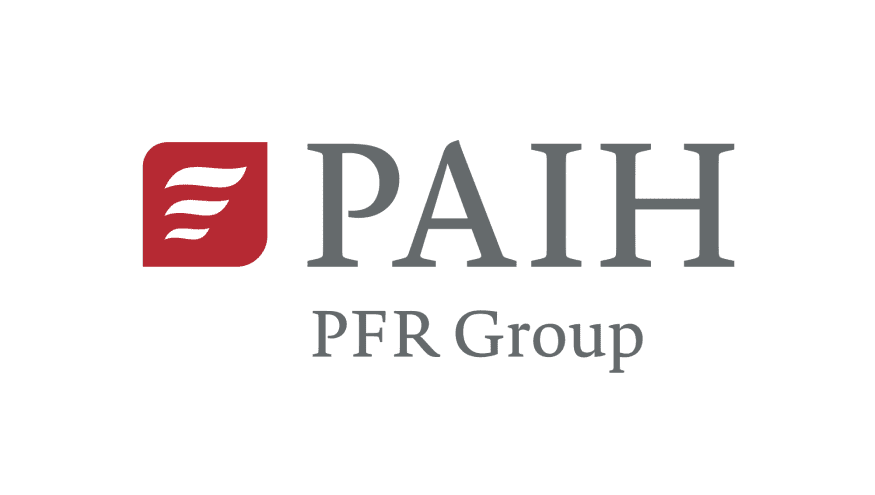 Institution
InstitutionPolish Investment and Trade Agency (PAIH)
The Polish Investment and Trade Agency (PAIH) is the partner of first-resort for entrepreneurs when …
The Export Promotion Portal uses cookies to make it easier for users to use the website and for statistical purposes. If you do not block these files, you agree to their use and saving in the memory of your computer or other device. Remember that you can change your browser settings to block the storage of cookies. More information can be found in Privacy Policy and Terms and conditions.






